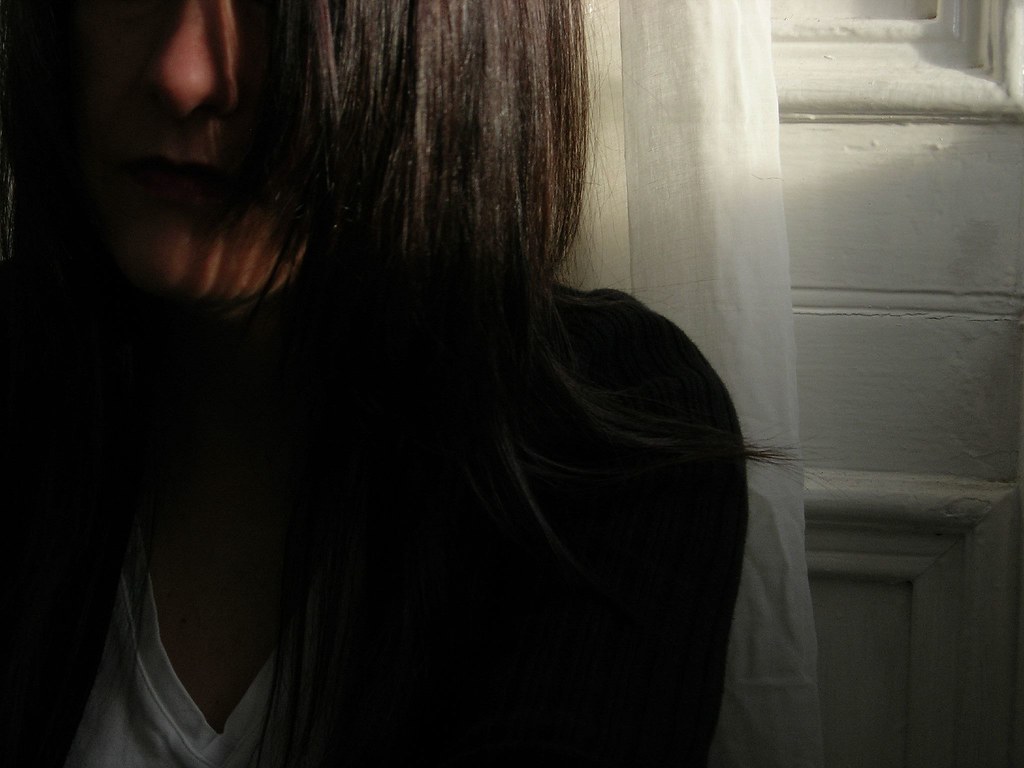
More museums.
First up was Le Pantheon. In 1744, after Louis XV recovered from a 'serious illness', ahem, gout, he decided to build a church dedicated to Sainte Genevieve to whom he attributed his cure. It was finished in 1790 and was intended to look like the Pantheon in Rome, hence the name (I guess the French architects at the time were lacking in originality). During the Revolution (you know, the French one) it was turned into a mausoleum for the city's great achievers. Napoleon gave it back to the church in 1806. But then again it was desecularized, but then again handed back to the church, and then again it was desecularized and became a public building in 1885.

There is a cool crypt underneath that is has the tombs of French citizens 'deemed' worthy of burial here. The likes of Voltaire, Victor Hugo, the Curries and Louis Braille. The other claim to fame of this space is Foucault's Pendulum. (also an excellent book by Umberto Eco).
Had lunch just down the street at this place. It was jam packed with locals and we had a great waitress that was trying to encourage my pitiful French. Lunch was very yummy and of course we had a glass of Gamay wine to wash it down with.

After lunch we walked down the hill to the Musee du Moyen-Age. The building was built by the abbots of Cluny in 1330 and contains a museum a collection of medieval art. It adjoins the ruins of 2nd century Roman baths. One gallery contained 21 carved stone heads of the Kings of Judah from Notre-Dame. They were decapitated during the Revolution. The exhibit to see is the 6 series tapestry Lady and the Unicorn. Five of the tapestries relate to the 5 senses, but there is supposed to be a big mystery as to what the 6th tapestry's meaning is. I say they made the 5 according to plan and the weavers discovered they had enough thread left over and just made something random - buy hey, that's just my opinion.
We didn't go out for dinner this night so I cooked up a Thai Green Curry for dinner. Staying in the odd night helps to keep the budget under control.



5 comments:
It's odd that the kings of Judah all had no nose. Must have been some sort of genetic problem...
Oh, and what, exactly, was guillotining statues supposed to prove? Seems sorta counterproductive. But then, I guess revolutionaries aren't necessarily thinking in terms of sheer productivity.
Thanks for the photo of the pendulum - I enjoyed the book, as well. Glad you're having a good time.
Dezene - somehow I don't think the revolutionaries were thinking of productivity. If I remember the commentry the destruction of the statues was due to being missinformed. They thought somehow they represented the French aristocracy. But at some point I think it just became a riot (kinda like after Vancouver lost the Stanley Cup).
Hi John - I love Umberto Eco. I think I've read all of his fiction now. Although I haven't been to a book shop in a while, perhaps he's got something new out.
Post a Comment